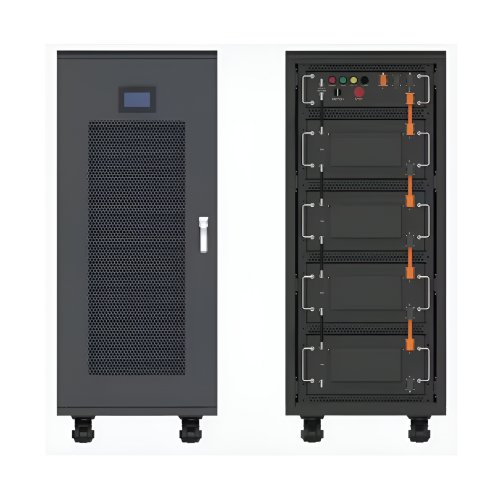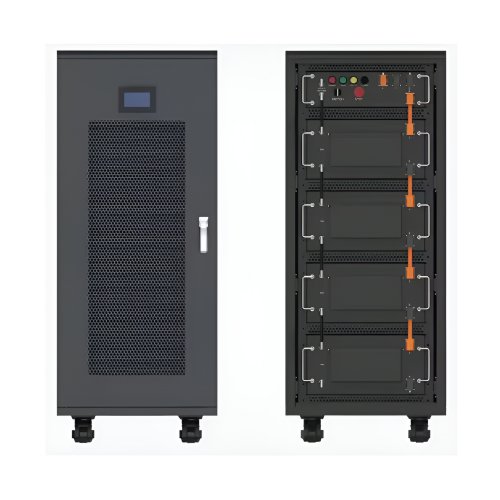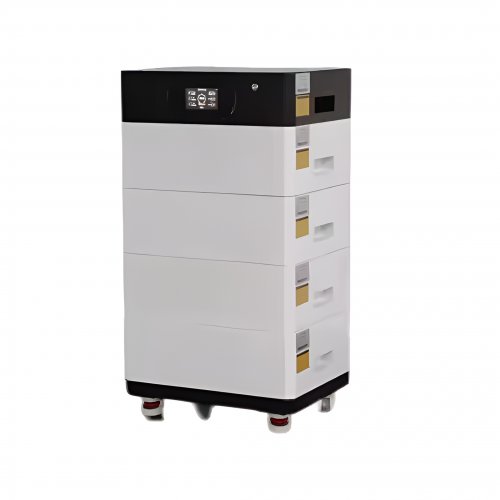How To Use Best Practices: A Comprehensive Guide To Operational Excellence
The term "best practices" is ubiquitous in the professional world, yet its true meaning and application are often misunderstood. A best practice is not a rigid, unchangeable rule but rather a method or technique that has been consistently shown to produce superior results compared to other alternatives. It represents the most efficient and effective way of achieving a specific objective, as validated by experience and research. Successfully implementing best practices is not about blind copying; it's a strategic process of adaptation and integration. This guide provides a detailed framework for understanding, selecting, and applying best practices to drive improvement and achieve operational excellence in any organization or project.
Adopting a best practice is a deliberate process that requires careful planning and execution. Follow these steps to ensure a smooth and successful integration.
Step 1: Identify and Analyze Your Needs Before you even look for a solution, you must deeply understand the problem. Conduct a thorough analysis of your current processes, systems, or challenges. Identify specific pain points, bottlenecks, or areas where performance is lacking. Ask critical questions: What are our goals? Where are we falling short? What does success look like? This internal audit provides the essential context for seeking a relevant best practice. Without this clarity, you risk adopting a solution that doesn't address your core issues.
Step 2: Research and Select Relevant Best Practices With a clear understanding of your needs, begin your research. Look for best practices within your industry, but also don't be afraid to explore adjacent fields for innovative approaches. Sources include industry publications, academic research, professional associations, case studies, and conferences. When evaluating a potential best practice, assess its:Source and Evidence: Is it backed by credible data and proven results?Relevance: Does it directly address the need or challenge you identified?Adaptability: Can it be tailored to fit your organization's unique culture, size, and resources? Select a few strong candidates for deeper evaluation.
Step 3: Evaluate and Adapt for Your Context This is the most critical step. A best practice is a template, not a finished product. You must customize it. Form a cross-functional team to deconstruct the practice. Analyze the principles behind its success. What is its core philosophy? Then, carefully plan how to adapt these principles to your specific environment. Consider your company's technology stack, employee skills, budgetary constraints, and corporate culture. This adaptation phase turns a generic "best practice" intoyour"effective practice."
Step 4: Plan and Execute a Phased Rollout Avoid a disruptive "big bang" launch. Develop a detailed implementation plan that includes timelines, assigned responsibilities, required resources, and clear metrics for success. Start with a pilot program in a controlled, willing department or team. This allows you to test the adapted practice, identify unforeseen challenges, and make necessary adjustments in a low-risk setting. Use feedback from the pilot to refine the process before a full-scale organizational rollout.
Step 5: Monitor, Measure, and Iterate Implementation is not the finish line. Establish Key Performance Indicators (KPIs) based on the goals you set in Step 1. Continuously monitor these metrics to determine if the practice is delivering the expected benefits. Gather ongoing feedback from employees using the new process. Be prepared to make further tweaks and iterations. A best practice must evolve with changing circumstances, technology, and business objectives.
Focus on Principles, Not Just Procedures: Understandwhya practice works, not justwhatit is. This deeper understanding allows for more intelligent adaptation.Secure Leadership Buy-in and Foster a Supportive Culture: Adoption will fail without support from the top and a culture that embraces continuous improvement rather than punishing initial failures.Invest in Training and Change Management: A new process is useless if people don't know how or why to use it. Comprehensive training and clear communication about the benefits are non-negotiable.Document Everything: Create clear, accessible documentation for the new practice. This ensures consistency, aids in training, and provides a baseline for future improvement.Benchmark and Network: Continuously engage with your professional network to learn about emerging best practices and how others are adapting them."Not Invented Here" Syndrome: This is a cultural resistance to external ideas. Combat it by involving team members in the selection and adaptation process, giving them a sense of ownership.Lack of Context: The most common reason for failure is applying a practice without considering cultural, structural, or resource differences. What works for a large tech giant may cripple a small non-profit.Best Practice or "Standard" Practice? Do not confuse what is commonly done (standard practice) with what is truly the best. Challenge the status quo and look for evidence of superiority.Over-Adaptation: While adaptation is key, straying too far from the core principles of a best practice can strip it of its effectiveness. Find the balance between blind adoption and complete reinvention.Complacency: Once implemented, a best practice can become outdated. Regularly schedule reviews to ensure it remains the best way to operate in a changing world.In conclusion, best practices are powerful tools for achieving excellence, but their power is unlocked only through a thoughtful and disciplined process of contextualization. By moving beyond mere imitation and embracing a cycle of research, adaptation, implementation, and continuous refinement, organizations can leverage collective wisdom to solve their unique challenges and achieve sustainable success.
Customized/OEM/ODM Service
HomSolar Supports Lifepo4 battery pack customization/OEM/ODM service, welcome to contact us and tell us your needs.


HomSolar: Your One-stop LiFePO4 Battery Pack & ESS Solution Manufacturer
Our line of LiFePO4 (LFP) batteries offer a solution to demanding applications that require a lighter weight, longer life, and higher capacity battery. Features include advanced battery management systems (BMS), Bluetooth® communication and active intelligent monitoring.

Customised Lithium Iron Phosphate Battery Casing
ABS plastic housing, aluminium housing, stainless steel housing and iron housing are available, and can also be designed and customised according to your needs.

HomSolar Smart BMS
Intelligent Battery Management System for HomSolar Energy Storage System. Bluetooth, temperature sensor, LCD display, CAN interface, UART interface also available.


Terminals & Plugs Can Be Customized
A wide range of terminals and plugs can be customised to suit the application needs of your battery products.

Well-designed Solutions for Energy Storage Systems
We will design the perfect energy storage system solution according to your needs, so that you can easily solve the specific industry applications of battery products.



About Our Battery Cells
Our energy storage system products use brand new grade A LiFePO4 cells with a battery lifespan of more than 4,000 charge/discharge cycles.



Applications in Different Industries
We supply customized & OEM battery pack, assemble cells with wiring, fuse and plastic cover, all the cell wires connected to PCB plug or built BMS.
Applications: E-bike, Electric Scooter, Golf Carts, RV, Electric Wheelchair, Electric Tools, Robot Cleaner, Robot Sweeper, Solar Energy Storage System, Emergency Light, Solar Power Light, Medical Equipment, UPS Backup Power Supply.
We can provide you with customized services. We have the ability to provide a vertical supply chain, from single cells to pack/module and to a complete power solution with BMS, etc.


HomSolar (Shenzhen) Technology Co., Ltd
























